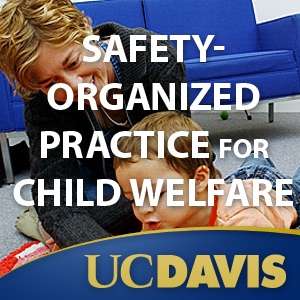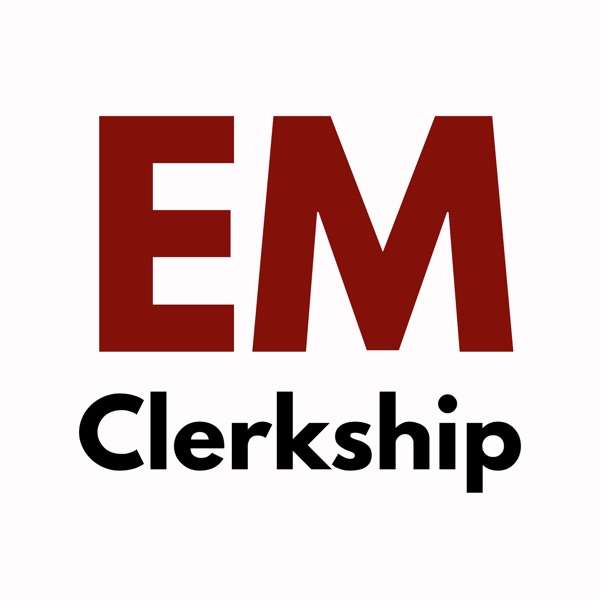yWhat happens when rain has nowhere to go? As climate patterns shift and development spreads across the landscape, our relationship with rainwater has become increasingly complex and problematic. Matthew Laconey, bio-environmental engineer with Rutgers University's Water Resources Program, takes us deep into the world of green stormwater infrastructure and why it matters to every community.
When rainwater hits impervious surfaces like parking lots and rooftops instead of natural areas, it creates a cascade of environmental problems. This runoff carries pollutants directly into streams, causes flooding by overwhelming waterways, and fails to replenish groundwater supplies that feed our aquifers. Green infrastructure works by creating natural buffers that capture, slow, and filter this water before it reaches waterways.
Throughout New Jersey, municipalities must navigate complex stormwater regulations through MS4 permits that establish baseline standards for water management. Laconey explains how climate change has forced regulators to update rainfall design standards, requiring newer developments to handle larger storms than historically necessary. The Rutgers team has implemented hundreds of green infrastructure projects statewide, from municipal installations to simple rain gardens at schools and homes.
For listeners wondering how to make a difference, Laconey offers practical guidance for installing residential rain gardens, emphasizing that "every drop counts" in our collective effort to manage stormwater sustainably. He points out that developments built before 1984 typically lack proper stormwater controls, highlighting the need to address existing infrastructure, not just new construction. By thinking differently about our relationship with rainfall, we can transform environmental challenges into opportunities for cleaner water, reduced flooding, and more resilient communities.
Ready to make a difference in your yard or community? Explore the rain garden manuals and resources available through the Rutgers Water Resources Program website, and join the movement to make water management more sustainable, one drop at a time.

 Our TOPPODCAST Picks
Our TOPPODCAST Picks  Stay Connected
Stay Connected







